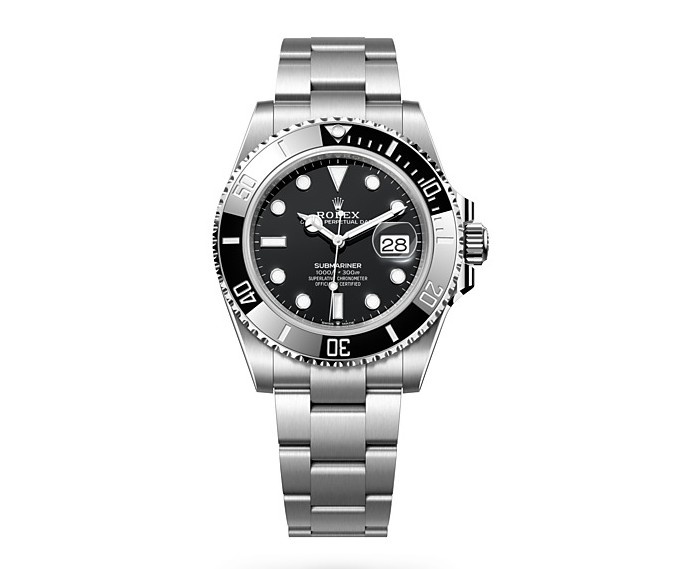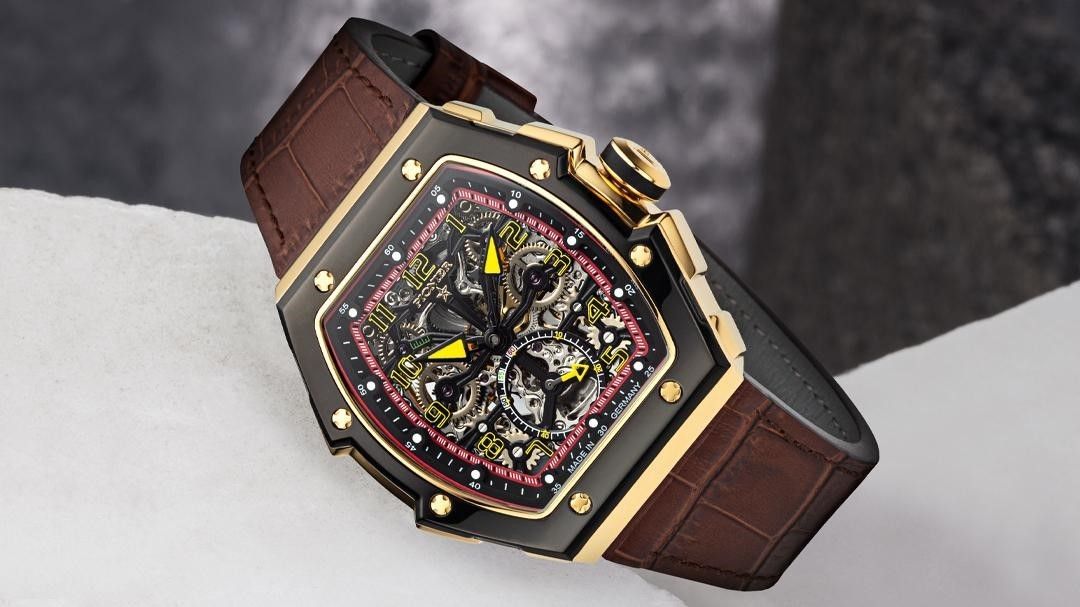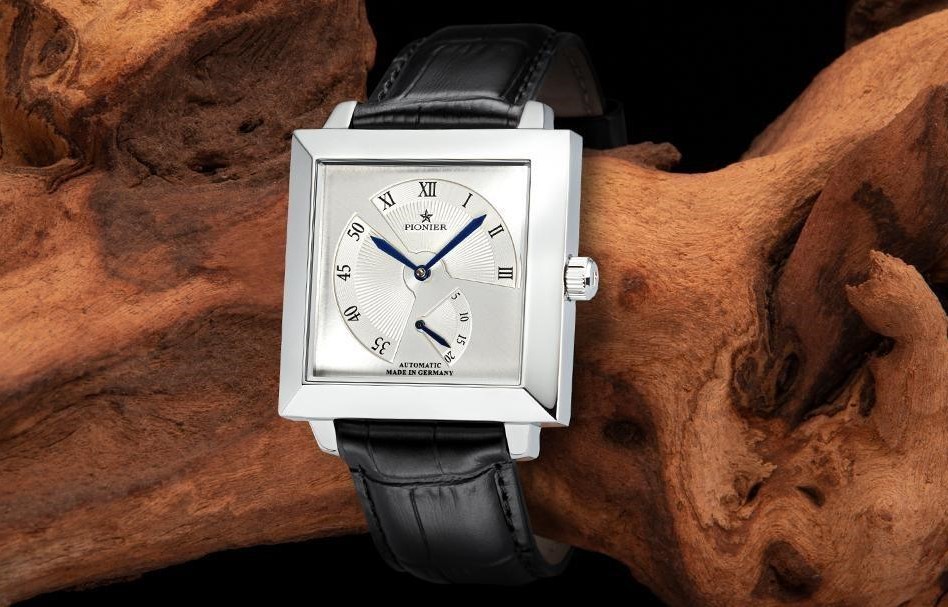
How Did Japanese Watches Disrupt the Swiss Watch Industry?
The watchmaking industry had been ruled for years by Swiss and German watchmakers whose products were valued for precise mechanical movements and flawless artistry. But their reign was disrupted by the introduction of low-cost quartz watches from Japan during the 1970s and 1980s. The first quartz watches from Seiko were introduced in 1969 and caused a revolution in the market for their accurate time, simple face, and low price. To keep with the times, Swiss watchmakers launched their quartz analog watch in 1970.
Quartz Watches and the Tokyo Olympics
During the 1964 Tokyo Olympics, timekeepers needed to measure competitions and make precise time calculations for track and field events with devices that were considered the most accurate. This need slowly led to further research and development of wristwatch prototypes in 1967. After the launch of the world’s first quartz wristwatch by Seiko, it soon established its reputation as a maker of self-winding, waterproof wristwatches across Europe, Asia, and North America.
The “quartz revolution” brought on by the Japanese watch industry led to the gradual decline of the Swiss watch industry that swept the low-price market segment. Brands like Seiko and Citizen from Japan became giants during the 1970s for their classic style, accuracy, and simple mechanisms.
The reason behind the popularity of quartz watches was their ability to work uninterrupted in a precise manner as long as the battery lasted. These watches were also durable and didn’t require much maintenance as they have limited moving parts within them. Other brands like Tufina watches have managed to stay relevant in this competitive and changing market by adopting technology with Pionier watches and staying true to their mechanical roots.
Japanese Brands Move into the Luxury Watch Segment
The reluctance of Swiss watch companies to adopt new technology and stay true to mechanical movements cost them dearly as exports fell from 40 million during 1973 to three million within a decade. Quartz watches from Hong Kong and Japan dominated the watch market, forcing several small and mid-sized watch firms from Switzerland to shut down by 1970.
After conquering the low-cost market for quartz watches, Japanese brands moved their focus into the mid and premium segment with models like the Grand Seiko. Citizen acquired mid-size Swiss watch brands like Alpina and Frederique Constant to tap into the luxury watch segment. These brands, along with Casio from Japan, captured more than ten percent of the world’s timepiece market in 2016.



